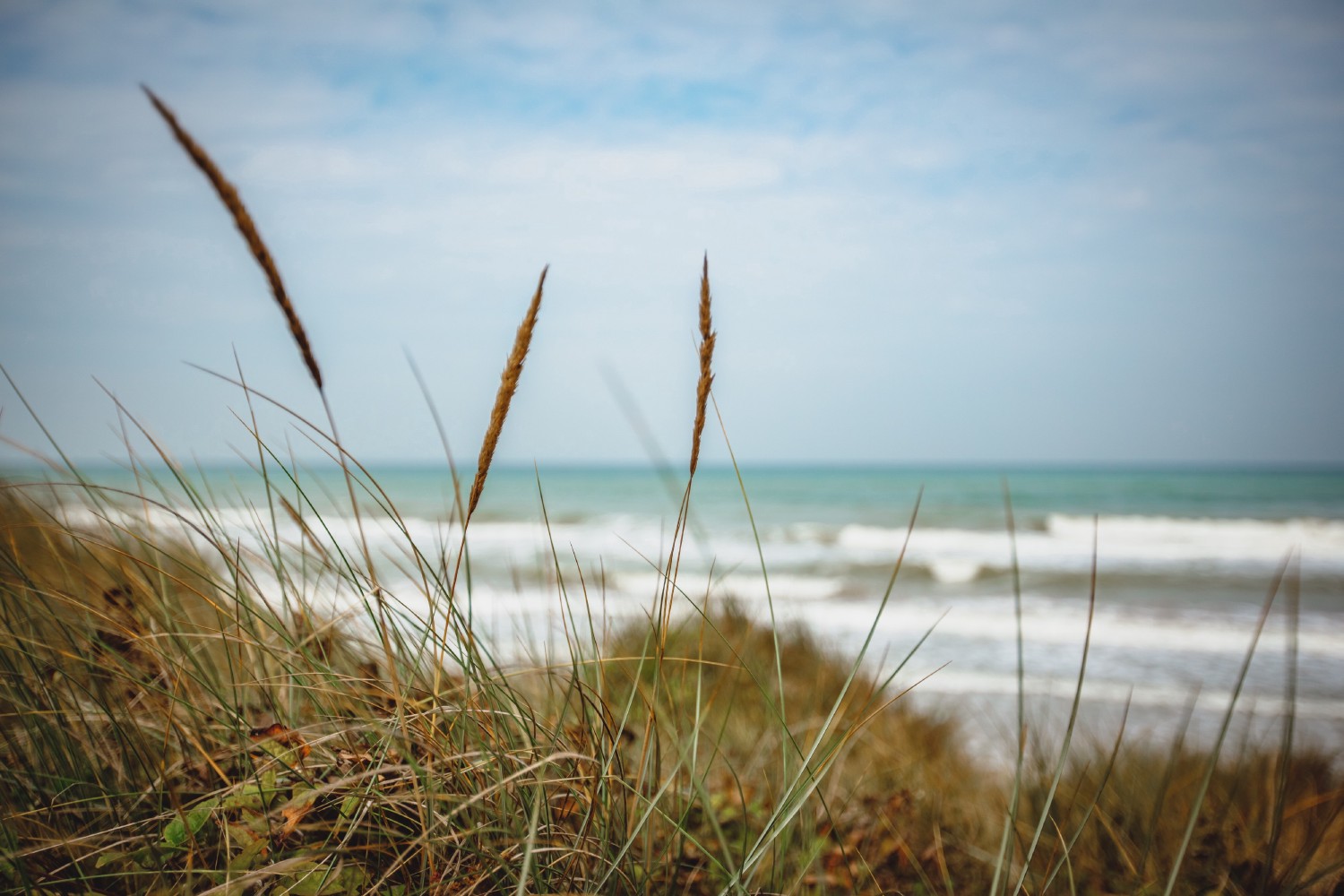Before you go any further...
I've read and accept the Terms of Use and the Privacy Policy.
I accept to receive newsletter and other communications associated with firms of The Explorers Network group'
I accept to receive commercial offers of The Explorers Network partners'.
Thanks!
Vote everyday for your favorite content
SENSITIVE CONTENT
This media contains sensitive content which some people may find disturbing or offensive.
You must be 15 years of age or older to view sensitive content.
Log inBirthday
Content being validated
THE EXPLORERS +
Watch our premium movies
The Explorers + is our premium movie catalog in Ultra High Definition (HD/4K/8K)! Hundreds of videos already available and daily new content on all your devices (web, mobile, tablets, smart TV).
Post content (photo or video) and get 1-month free
OR
Subscribe and support The Explorers Foundation's field actions for biodiversity.

Content being validated
Plants adapted to salty environments
0
0
The Lower Normandy 700 km coastline presents highly contrasting morphologies and plant communities adapted to salty environments. The maritime cakilier, also known as maritime shellfish or sea rocket (Cakile maritima), and sand grass (Agropyrum junceum) are found there, and constitute the first obstacle for the sand blown onto the beach by the wind. Their disappearing would jeopardise the entire dune area, which cannot stand direct contact with the sea. The sand rye (Leymus arenarius), sometimes also called sea rye or big oyat, shares the same habitat. All these plants are interdependent and help to keep the dunes in place.
Related content

Médias en cours d’exploration

